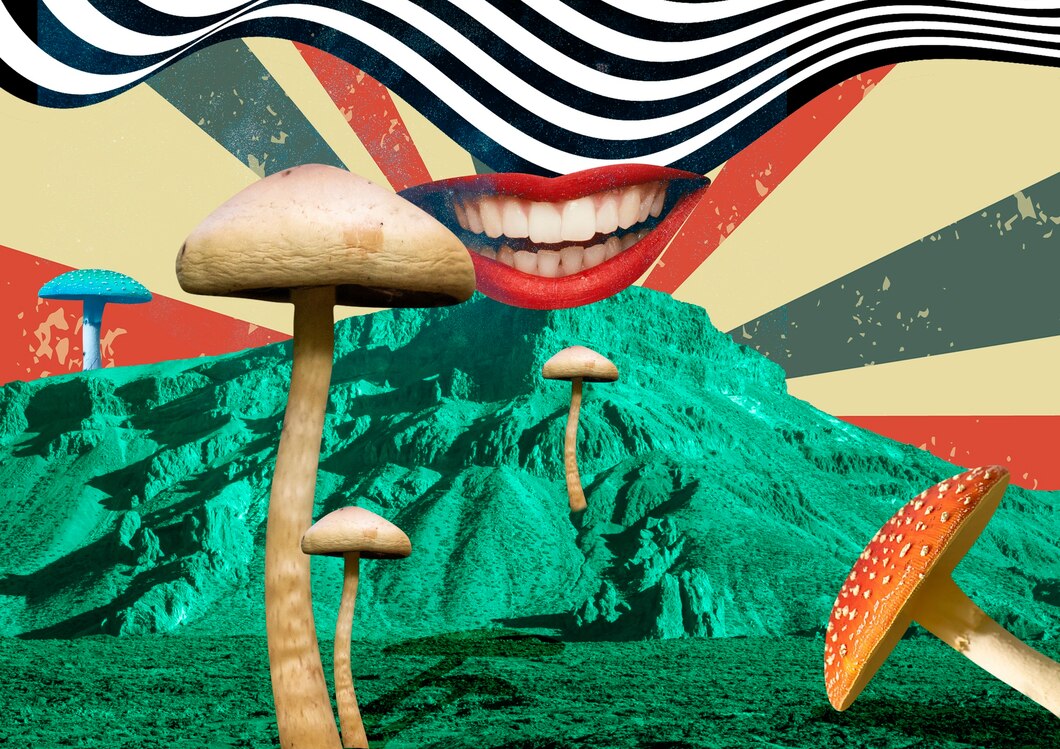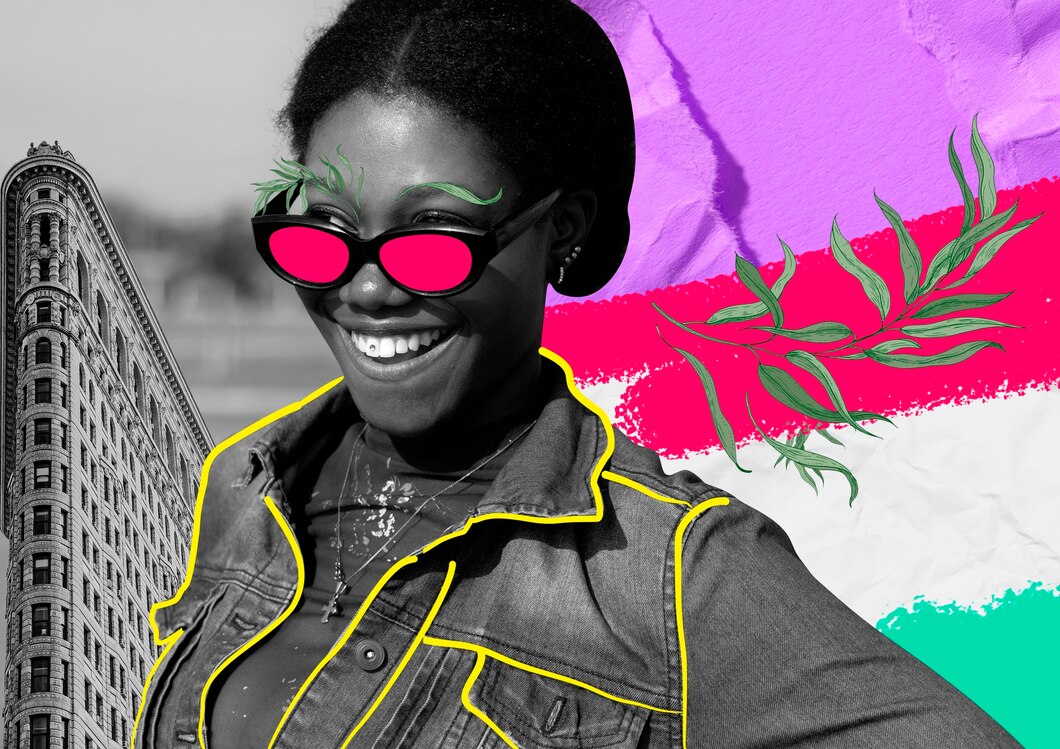
Contemporary Art Trends
Contemporary art continually pushes boundaries, reflecting the evolving dynamics of society and individual expression. This exploration delves into the current trends that are leaving an indelible mark on the contemporary art world, showcasing the diversity and innovation inherent in today’s artistic landscape.
Technological Integration: The Fusion of Art and Tech
**a. Digital Art and NFTs: The rise of digital art, often minted as Non-Fungible Tokens (NFTs), has created new avenues for artists to showcase their work and monetize digital creations. NFTs, powered by blockchain technology, provide a unique way to authenticate and own digital artworks.
**b. Augmented Reality (AR) and Virtual Reality (VR): Artists are exploring AR and VR to create immersive experiences. Viewers can step into virtual galleries, interact with artworks, and even participate in the artistic process, blurring the lines between the physical and digital realms.
Sustainability and Environmental Consciousness
**a. Eco-Art: Artists are increasingly addressing environmental concerns through eco-art. Using sustainable materials, repurposing waste, and creating installations that highlight ecological issues, contemporary artists are making powerful statements about our relationship with the environment.
**b. Upcycling and Recycled Art: The emphasis on sustainability extends to the use of recycled and upcycled materials. Artists are transforming discarded items into intricate sculptures, contributing to the global conversation on waste and consumption.
Inclusivity and Diversity: A Celebration of Perspectives
**a. Representation Matters: The art world is embracing diversity and inclusivity, championing the representation of artists from marginalized communities. Exhibitions and galleries are increasingly showcasing works that amplify voices traditionally underrepresented in mainstream art.
**b. Intersectionality in Art: Artists are exploring intersectionality, addressing the complexities of identity by intersecting various aspects such as race, gender, and sexuality. This trend fosters a richer and more nuanced understanding of individual experiences.

Conceptual Art: Provoking Thought and Reflection
**a. Conceptual Installations: Conceptual art continues to captivate audiences, with installations that prompt viewers to engage intellectually and emotionally. Artists are using their work to explore complex ideas, challenging traditional notions of aesthetics and beauty.
**b. Interactive Art Experiences: Contemporary artists are inviting viewers to actively participate in the artistic experience. Installations that encourage touch, movement, or even personal reflection are becoming increasingly prevalent.
Artificial Intelligence (AI) in Creativity
The integration of AI in the creative process is expanding the horizons of contemporary art. AI algorithms are being used to generate art, collaborate with human artists, and explore new possibilities in artistic expression. This intersection of technology and creativity raises intriguing questions about authorship and the nature of artistic collaboration.
Global Perspectives: Cross-Cultural Influences
Artists are drawing inspiration from diverse cultures, transcending geographical boundaries. Cross-cultural influences are evident in the fusion of artistic techniques, storytelling traditions, and visual aesthetics, creating a global tapestry of artistic expression that reflects our interconnected world.
New Media Exploration: Beyond Traditional Mediums
Contemporary artists are pushing the boundaries of traditional mediums, exploring new forms and materials. From unconventional canvases like textiles and ceramics to experimenting with unconventional mediums such as sand, sound, and even bacteria, artists are challenging preconceived notions of what constitutes art. This exploration allows for a broader, more expansive definition of artistic expression.
Art as Activism: Advocacy Through Creativity
Increasingly, artists are using their platforms to advocate for social and political change. Art as activism involves creating works that address pressing issues, spark conversations, and contribute to movements for justice and equality. Murals, street art, and performance pieces are becoming powerful tools for activism, amplifying voices and fostering dialogue.
Conclusion: The Ever-Unfolding Canvas of Contemporary Art
The trends shaping contemporary art reflect a dynamic interplay between tradition and innovation, individual expression and societal reflection. From the integration of technology to a deepened commitment to sustainability and inclusivity, the current landscape of contemporary art invites viewers to explore, engage, and contemplate the ever-unfolding canvas of human creativity.



